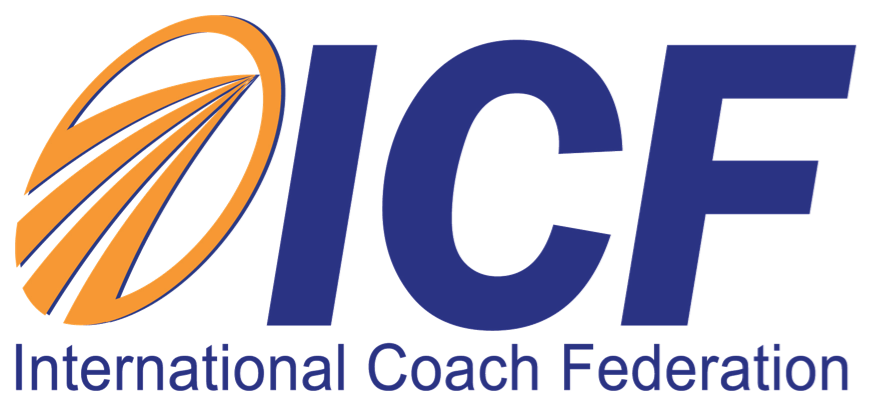You’re at work and things are going well. But then an employee doesn’t show up. They completely miss the morning part of their shift without warning and can’t be reached by phone. After informing the police of the situation, the department receives a call. You’re informed that your employee has committed suicide.
This was what happened on the set of Rizzoli & Isles. According to USA Today, former Disney star Lee Thompson Young, appearing as Detective Barry Frost on Rizzoli & Isles missed his call time and was found dead from a self-inflicted gunshot wound. It is a bleak but realistic scenario across the country. The most recent suicide statics, which were released by the American Foundation for Suicide Prevention, reported 38,364 suicides in the United States. In fact, the percentage of American suicides between the ages of 35 to 64 rose by nearly 30% from 1999 to 2010 (NY Times).
The dilemma with today’s workforce is this: a good number of employers don’t offer Employee Wellness Programs. With the most recent changes in healthcare, many employers with fewer than 50 employees don’t even offer healthcare anymore. With that said, what happens to the employee, whom with challenges at work, family, and life faces a life-altering event and as a result feels overwhelmed and overly stressed? Being experts in Work-life balance, we have worked with so many model employees and executives whom faced with a sick child/spouse, ill elderly parent/relative or financial challenges brought on by the economy have felt extreme pressures. While depression and suicide are topics often avoided, most people don’t realize how susceptible they really are to experiencing it themselves.
Planning for the predictable is important, but planning for crisis is crucial. Learning about options, connecting with professionals and experts and most importantly gaining the skills are certainly more effective when you are not already on the edge.
For anyone who feels they may be suffering from anxiety, undue stress, depression, or anger, or any other emotional imbalances, here are some signs and solutions:
How to spot Emotional Hijack in the Workplace:
- Low productivity and unfinished projects, which are uncharacteristic.
- Frequent late arrival at work due to oversleeping.
- Grogginess and low energy on a daily basis.
- Irritability and easily angered. Sudden difficulty avoiding conflict.
- Heightened forgetfulness.
- Increased alcohol intake, possibly to an inappropriate level for before, during of after working hours.
- Emotional numbness aka apathy.
- Drastic or unhealthy changes in body weight, diet, sex, sleep or food intake.
- Cognitive difficulty with performing tasks, which were once simple and enjoyable.
- Loss or inability to empathize with others.
- Loss of interest in socializing. Overworking, avoidance and tendency to be reclusive or conversational.
- Suffering from “Escapism,” on an extreme level. This involves acting invincible and overly confident. Ex. Suddenly quitting a stable job for an uncharacteristic venture.
- Complaints of unexplainable ache and pains.
Emotional Recovery in the Workplace:
The appropriate response to stress typically depends on the individual and their specific coping mechanisms. However, specific to depression, according to Joni E. Johnston, Psy.D., from Psychology Today’s The Human Equation there is a suggested conversation guide for Manager’s speaking with depressed employees. She recommends expressing genuine concern based on behavioral examples (i.e. frequently late to work), cite the employee’s typical level of higher performance and recognize the change, and have a professional offer behavior mapping techniques such as the one offered in our Emotional Intelligence Coaching program. Without the tools, as humans we often resort to worst-case scenarios. Always express a vested interest in helping the individual get back on track. In addition to suggesting counseling, employers and co-workers can certainly attempt to help the effected team member manage the workload or make efforts to invite them to social events to get them out of the house (or office). Most of the time, depression in the workplace takes the form of isolation, which only worsens the situation.
Recognizing the signs early and offering resources whether for release, communication and identification of the source of the problem, are best avenues for addressing difficult scenarios as described here. Prescribed medications, although have a leveling effect, do not meet the overall means of solving the problem. Often times, the best of medications wear off, and even worst, are the cause of the problem (in the case of anti-depressants, the first two weeks are flagged as suicide zone)
One of the greatest difficulties faced by those witnessing a troubled individual whether with anger, addiction, burdening stress, and/or mood disorders is the risk of breaching confidentiality. Silence is the biggest killer. Even though it may seem like as an employer you are protecting the individual by letting the “figure it out”, the issue many times, is that it is too out of their control. Notifying family and management, is crucial within witnessing the first signs. Whether a co-worker, a boss, an employee or a friend, it is better to save the person than to save face.






